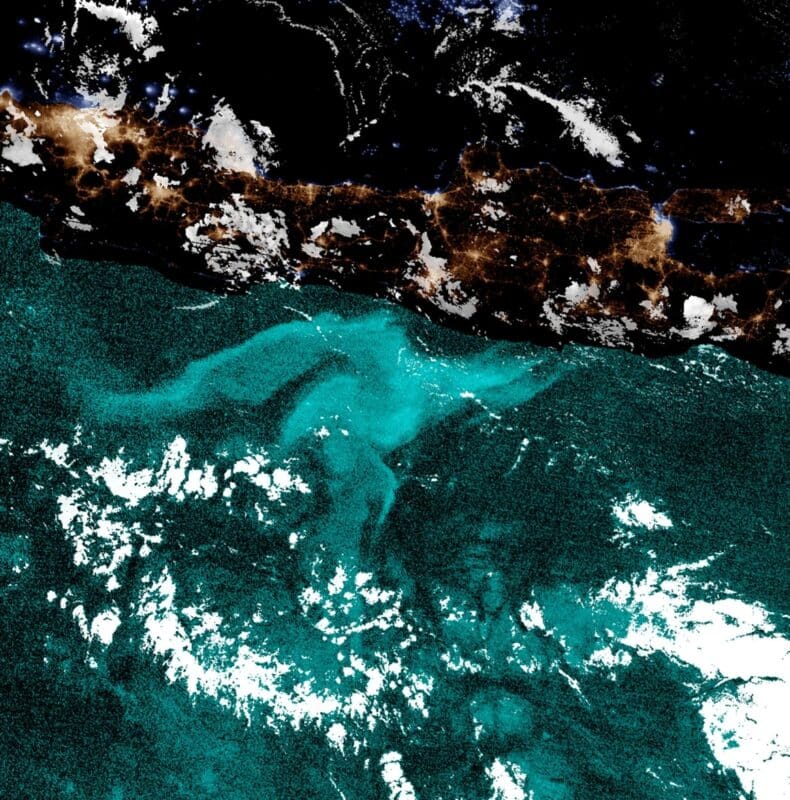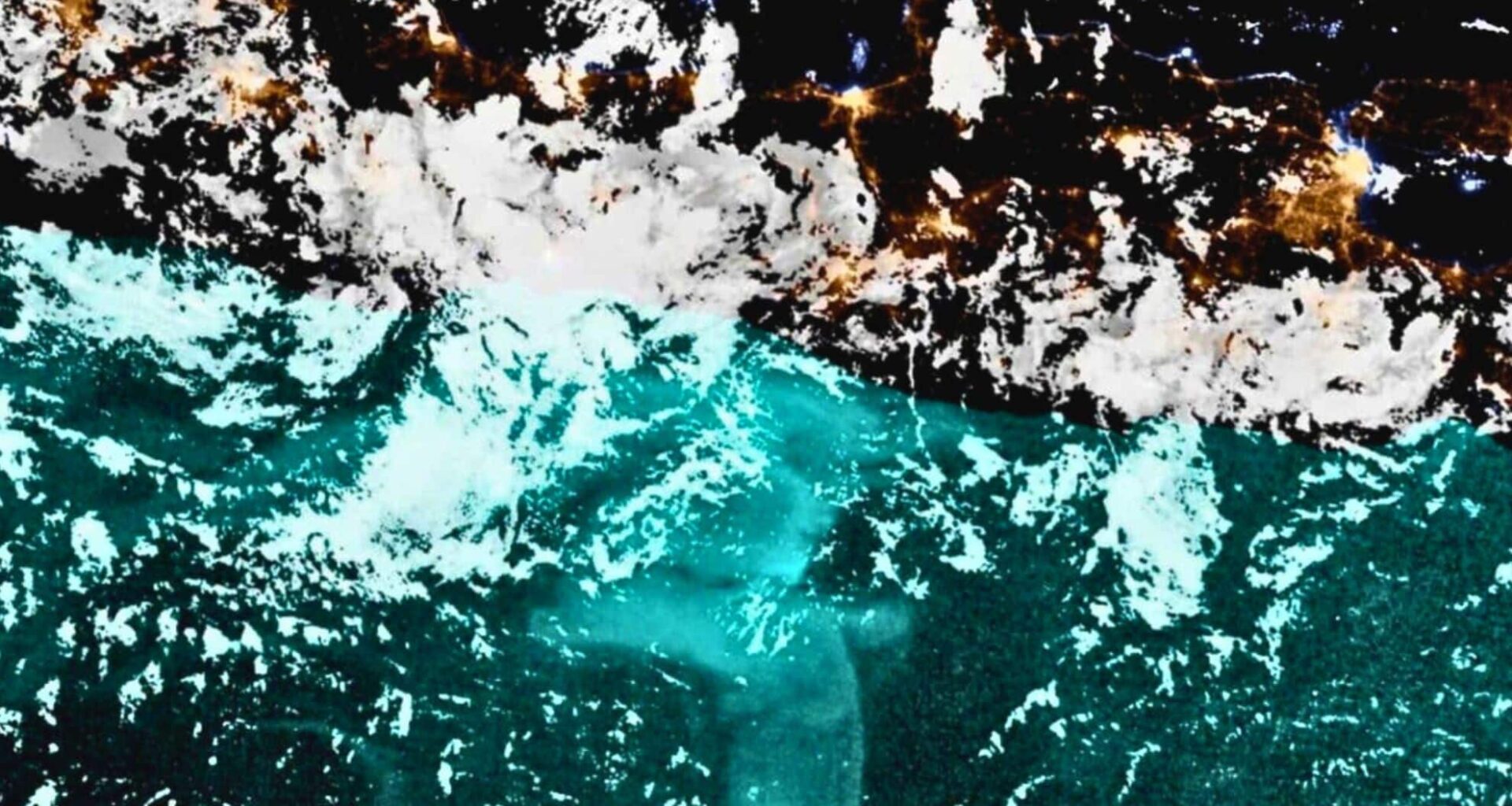For more than four centuries, mariners have reported the same surreal sight: vast swaths of ocean glowing with an eerie, continuous light under moonless skies. These “milky seas,” described as resembling snowy fields stretching to the horizon, have remained one of nature’s most elusive and least understood marine events.
Now, in a data-driven breakthrough, a new generation of satellite technology has allowed scientists to detect and track these bioluminescent expanses from space. A recent study published in Earth and Space Science combines satellite data with over 400 historical and modern sightings to uncover the first observable patterns in these rare oceanic events.
Researchers say the findings mark a pivotal step toward understanding how, where, and why milky seas form—and what they might reveal about broader ocean dynamics. Yet even as the mystery begins to unravel, the phenomenon raises urgent new questions about microbial behavior, climate interactions, and the scale of unseen biological activity in Earth’s oceans.
Rare Light Shows Now Visible From Orbit
Milky seas are vanishingly rare, with only a handful of confirmed sightings each decade. They tend to occur in remote regions of the Indian Ocean and the Maritime Continent, far from shipping lanes and under conditions that make in-person observation difficult. For centuries, researchers lacked the tools to capture reliable data on their scale, duration, or frequency.
That changed with the deployment of the Visible Infrared Imaging Radiometer Suite (VIIRS) aboard NOAA satellites, specifically its Day/Night Band (DNB) sensor. Designed to detect low-light emissions from Earth, the DNB has allowed scientists to track the formation and drift of milky seas in real time.
In one striking case from 2019, VIIRS recorded a glowing region south of Java that persisted for over 40 consecutive nights. The area spanned 100,000 square kilometers—comparable to the size of Iceland—and was later corroborated by a yacht crew that sailed through the glow, capturing the first known surface photographs of the phenomenon.
“Milky seas were once anecdotal. We now have a growing catalog of verifiable events, complete with spectral, spatial, and temporal data,” said Dr. Steven D. Miller, atmospheric scientist at Colorado State University and co-author of the study.

The event confirmed key observational patterns: milky seas are not brief flashes, but large-scale, coherent patches of glowing water that can drift with surface currents for weeks at a time.
A New Microbial Mechanism at Planetary Scale
While marine bioluminescence is widespread—commonly observed in dinoflagellate blooms—the sustained glow of milky seas appears to stem from a different biological mechanism: quorum sensing. In this process, bacterial populations emit chemical signals that trigger bioluminescence once they reach a certain density, functioning as a form of microbial communication.
But the challenge lies in scale. According to the study, the sheer size and stability of milky seas imply the presence of self-contained microbial ecosystems—massive, possibly isolated bodies of water where conditions enable bacterial communities to bloom and maintain their luminosity.
The researchers propose a “Natural Flask” hypothesis: environmental features such as surface currents, water column stratification, and nutrient upwelling could act like a giant incubator, isolating and sustaining these bioluminescent zones. Oceanic features, including monsoonal wind patterns and the Indian Ocean Dipole, may play a critical role in determining when and where these conditions arise.
Data from VIIRS also revealed correlations with sea surface temperature, chlorophyll concentration, and ocean biomass, suggesting that these glowing zones may be influenced by broader ecological forces—possibly acting as indicators of primary productivity or microbial carbon cycling.
Database-Driven Science and the Future of Field Deployments
One of the key developments behind this research is the Milky Seas Database, compiled by Justin Hudson, a doctoral student at Colorado State University. The dataset consolidates over 400 reports of milky seas, spanning back to the 17th century, into a searchable archive now used to correlate satellite signals with human observations.
“Having this database allows us to identify likely hotspots and seasonal windows,” said Hudson. “It’s the first step toward real-time deployments of oceanographic missions during active events.”
By mapping sightings across time and space, the database reveals clusters in historically active zones and suggests a seasonal component to their formation. Combined with live satellite monitoring, this approach could make targeted research cruises feasible for the first time.
These deployments would allow scientists to conduct in situ sampling—testing bacterial density, water chemistry, and nutrient levels directly within an active milky sea. Such data would enable validation of the Natural Flask hypothesis and clarify the role of these bacteria in ocean carbon dynamics and trophic interactions.

